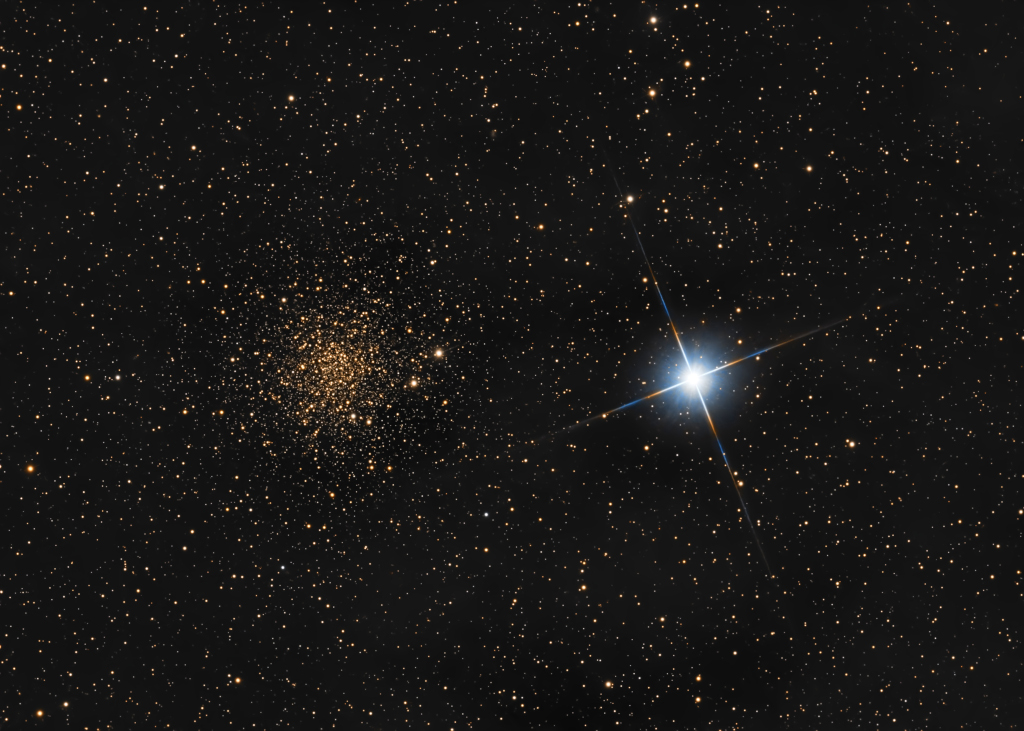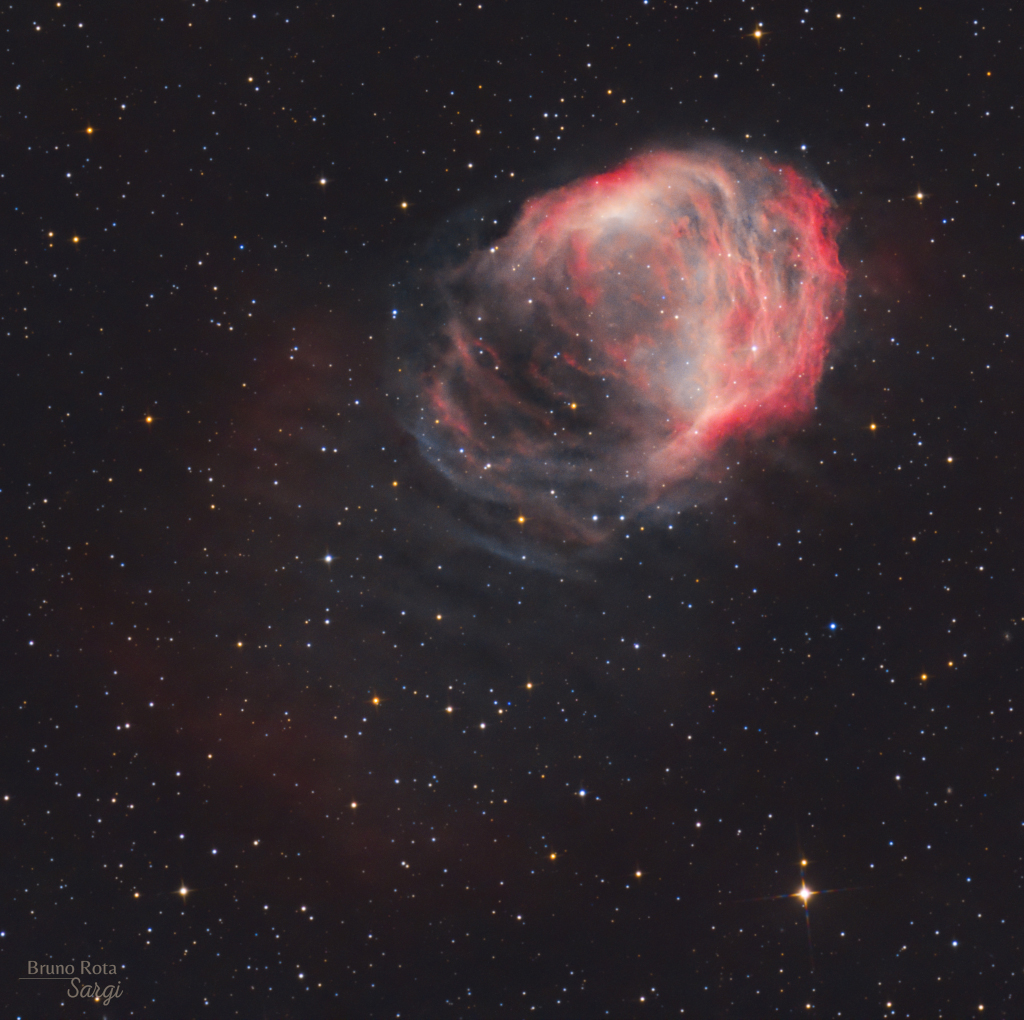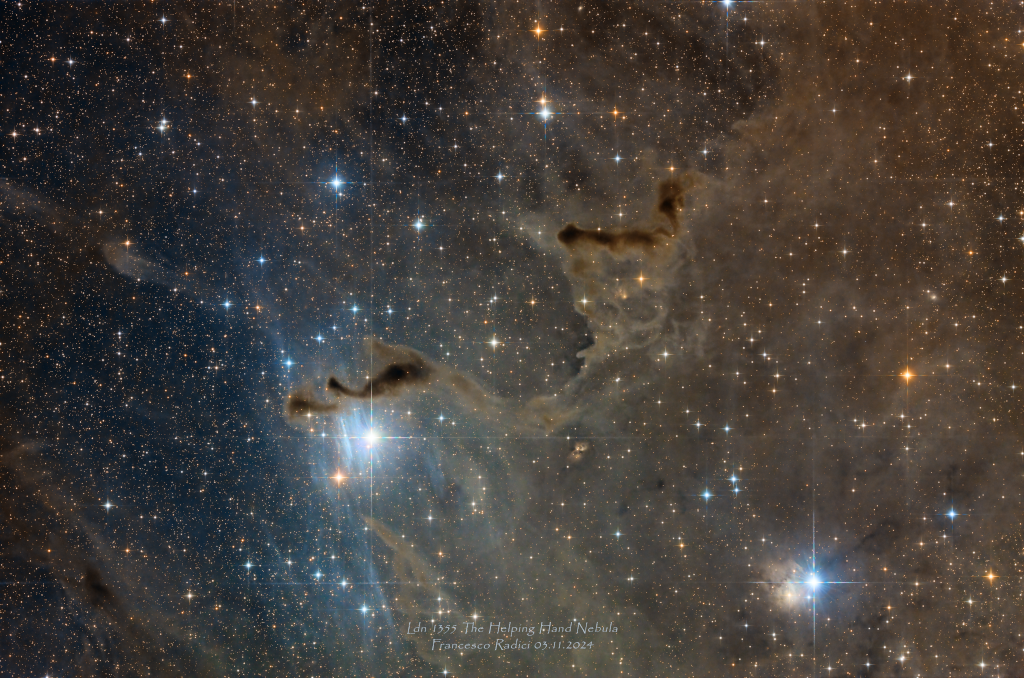
Explanation: This close-up image from the HiRISE camera on the Mars Reconnaissance Orbiter shows weathered craters and windblown deposits in the southern region of Acidalia Planitia. While a striking shade of blue, to the human eye, the area would probably appear gray or slightly reddish. However, no humans have gazed upon this terrain, unless you count the astronauts in Andy Weir’s sci-fi novel The Martian. The novel chronicles the adventures of Mark Watney, an astronaut stranded at the fictional Ares 3 landing site on Mars, which corresponds to the coordinates of this cropped HiRISE frame. For scale, Watney’s 6-meter-diameter habitat at the site is about one-tenth the diameter of the large crater. The Ares 3 landing coordinates are only about 800 kilometers north of the Carl Sagan Memorial Station, the 1997 Pathfinder landing site.








